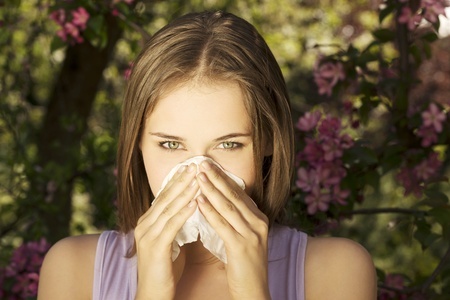
Allergen contamination remains one of the increasing issues of food safety. However, food businesses need to implement various actions to reduce this. Here are some of those in brief:-
Food Handlers And Allergen Contamination
– Implement and enforce a personal hygiene policy to reduce the risk of cross-contamination
– Wear separate clothing where known allergenic ingredients are handled such as dedicated dress, removal of protective clothing in areas where allergens are present or when eating, not wearing such clothing outside the workplace, making locker arrangements and effective laundering.
– Dedicated areas for eating, storage of food, ingredients, controls on which foods are to be brought into the canteen
– Hand washing (always)
– Staff training and awareness sessions
– Control of visitors and staff not necessarily involved in food handling such as delivery personnel, engineers and cleaning staff.
– Effective supervision
– Defining the cleaning methods
– Implementing any other procedures related to allergen removal
Purchase and delivery controls
– Always use approved and audited suppliers.
– Use colour coded equipment for allergens. This provides a strong visual approach to reducing allergen contamination.
– Ingredient checks especially of the certificates of analysis stating what allergens are present, to what level and possible precautions identified for handling such ingredients.
– Ingredient testing for allergens.
– Check third party substitution of ingredients especially ones that might present a new allergen.
– Keeping lists of ingredient composition of third-party products.
– Always check ingredient information is correct for the food being handled.
Controls On Storage
– When storing foods make sure they are identifiable.
– Store foods with known allergens apart from others, preferably in separate facilities.
– Effective stock rotation and control.
– Spillage and containment procedures in place.
– Some key allergens require special precautions if dusts or liquids are created – they are usually stored on lower shelves.
– Lidded containers and secure packaging.
Preparation: Reducing Allergen Contamination During Food Processing
– Use clean, dedicated area sand equipment.
– Organise a workplan where non-allergens, then allergens then low-risk foods are prepared.
– Don’t use oils contaminated with allergens.
– Effective cleaning procedures with allergen testing to check whether cleaning of equipment and processing lines has removed allergens.
– Identify allergens in finished product specifications especially those from third party manufacturers.
– Follow recipes and don’t substitute with other ingredients which have an allergen risk.
– Colour coding of equipment
Service & packing
– Use clear and accurate label descriptions of what is present.
– Avoid using ‘may contain’ where possible
– Let people know what is in the product i.e. menus
– Ensure staff know what is on the product and the risks
– Cover and wrap separate allergenic products and those for non-allergens.
– Have separate serving utensils and controls as with self-service items such as cutlery and serving spoons.
– Provide appropriate notification, notices and signage.
– Train staff not to guess.
Allergens are always a problem. I think these are useful notes for ant student involved in food safety and hygiene. They look like the sort of article I would write for my students at college in Canada. I may send you some of mine for inclusion in this web-site if you don’t mind me writing for you.